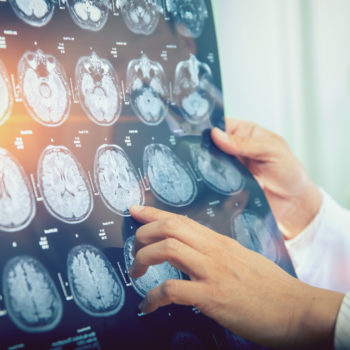In Italy about 1 child out of 100 suffers from autism. The data come from the European project ASDEU (Autism Spectrum Disorder in European Union). But what are the characteristics of this condition? Under the label “autism spectrum disorders” are collected a series of neurodevelopmental disorders characterized by early alterations (within the first 3 years of life) of social interaction and verbal and non-verbal communication. Behavioral changes are particularly evident in the social context and include avoidance of visual contact, difficulties in emotional control or understanding of other people’s emotions, a narrow or repetitive range of activities and interests and stereotyped use of movements, language or objects according to excessive adherence to a certain routine. Autistic spectrum disorders tend to occur more frequently among family members of affected individuals. How important is the genetic component? We talked about this issue with Dr. Paolo Amami, neuropsychologist at Humanitas.
Causes of autism
Reflection on the causes of this disorder has always been at the heart of the interest of researchers. Previously (but this has happened for several disorders and issues of developmental psychology and psychopathology) the hypotheses were polarized on the exclusive importance of hereditary factors or environmental factors. In the last 50 years, and in particular thanks to the contribution of the genetics of behavior, the interaction and relationship between these factors has come to be considered as the most interesting aspect in the genesis of autistic disorders. An intuitive example of the relevance of both factors (heredity and environment) comes from the fact that the concordance between homozygous twins (these individuals have the same genetic heritage and from the genetic point of view are essentially clones) is never 100%.
Family history and environment: how important are they for the risk of developing autism?
A recent scientific work has re-analyzed the data of a previous study on the family risk of autism and has managed to further point out the relative contribution of family history and environment. The study involved more than 3,500,000 children born in Sweden between 1996 and 2006, including twins, siblings, siblings on the mother’s side and siblings on the father’s side. The conclusions of Sandin and his collaborators suggest that more than 80% of the variability in the population is attributable to hereditary factors, while environmental factors should be attributed to the remaining 17%. As for other disorders, in particular those affecting behavior, it is absolutely probable that not a single gene is the cause of the disorder (not by chance this has not yet been identified by any research so far), but that this is the product of the interaction between several genes that in turn interact with environmental factors. “Currently more than 15 genes have been candidates to play a role in the development of autism – said the specialist – but this should not make us overlook the role of environmental factors. The issue is not only interesting from a theoretical point of view, but also from a clinical one, since the solution of this enigma could lead to new treatment strategies”.
Clues, symptoms and prevention of autism
Obviously, identifying the disorder before the age of 12 months is very difficult because the functions of autism and alteration are not yet expressed at that age.
The early identification of this disorder represents an interesting challenge because it would make it possible to take care of patients at an age when some developmental processes can still be modified, since early interventions on children have shown significant progress on the cognitive, emotional and social level.
An Italian project on neurobiological mechanisms underlying autism is moving in this direction and has recently won a prestigious grant from the ERC (European Research Council). The project was conceived by the Neuroimaging Laboratory of the Italian Institute of Technology, directed by Dr. Alessandro Gozzi. The project funded with 1,500,000 euro will last 5 years with the ambitious aim of identifying the alterations of neural networks underlying autism or other developmental diseases using and mixing techniques of both neurogenetics and neuroimaging.





